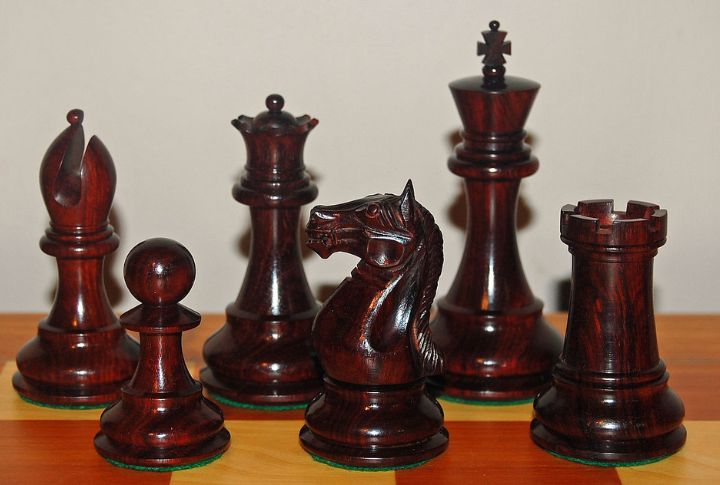
Have you ever wondered what makes certain woods more valuable than precious metals? Some types have unmatched beauty and history, which has made them highly sought after by artisans and collectors. The demand for these woods has also driven prices to astonishing levels, as reflected in data from Vintage and Specialty Wood.
African Blackwood
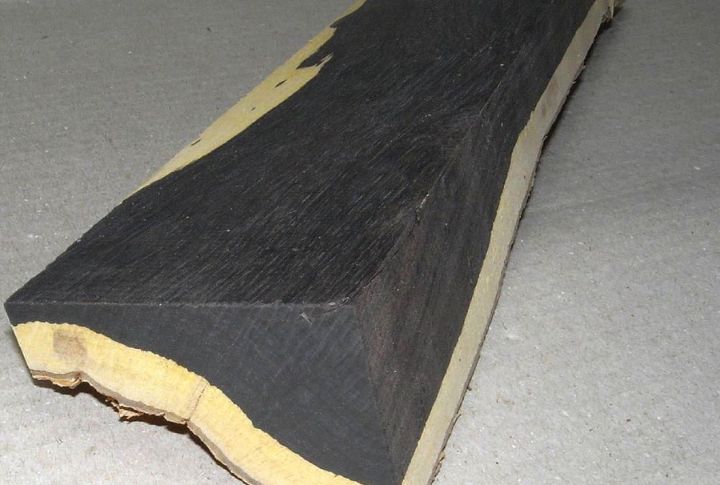
Popular for its dense, dark timber, African Blackwood, known as Dalbergia melanoxylon, is prized for its fine texture and exceptional durability. Native to dry regions of Africa, it thrives in harsh conditions and is highly resilient. This wood sells for around $100 per foot of wood.
Sandalwood
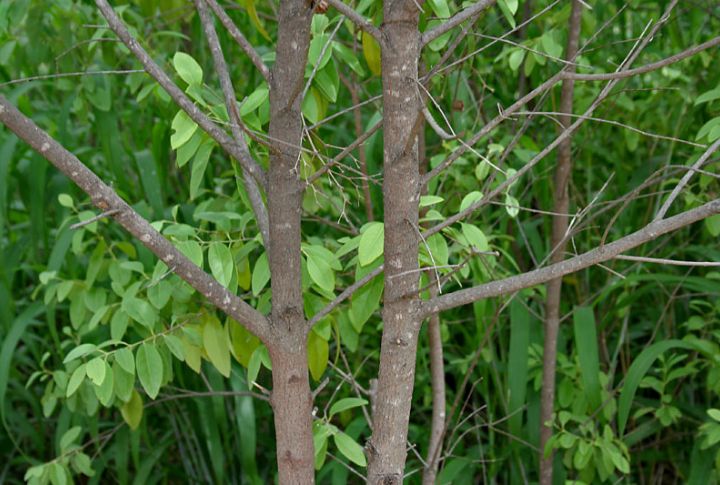
The Sandalwood, particularly Indian Sandalwood (Santalum album), is known for its rich, long-lasting fragrance and is highly sought after for perfumes and religious carvings. Because its oil extraction process is labor-intensive, its scarcity drives its value to $80 for a board foot.
Ebony
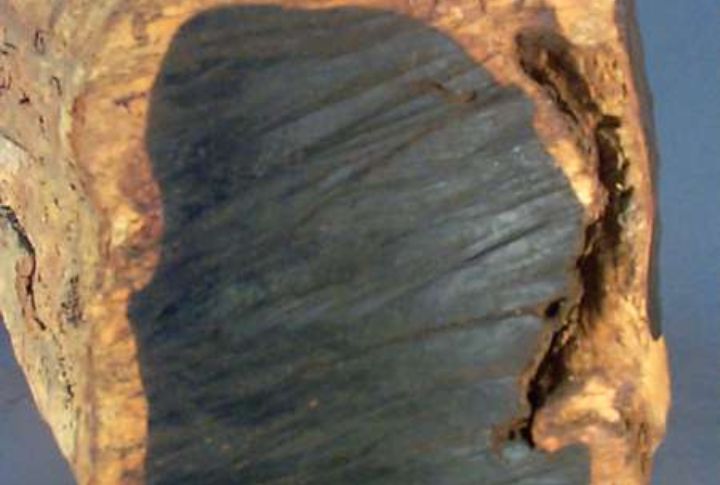
Overexploitation has led to Ebony’s scarcity and high cost of $40 to $70 for a board foot. Its dense, jet-black appearance and fine texture make it ideal for piano keys and luxury decor. Found in Africa and Asia, Ebony’s exceptional hardness, resistance to wear, and smooth polishability make it indispensable.
Pink Ivory

This $80 per lumber of wood was once reserved for Zulu royalty. It stands out for its striking pink-to-reddish hue, making it highly desirable for luxury items like billiard cues. Native to southern Africa, this slow-growing hardwood is challenging to source, and its limited supply significantly increases its market value among woodworkers.
Koa
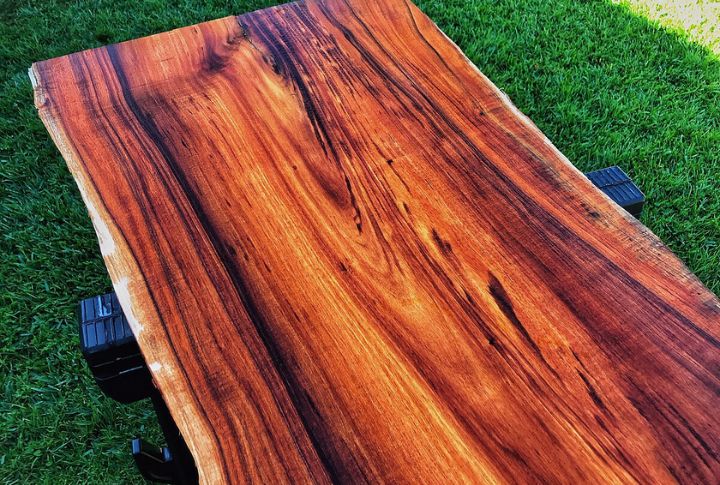
The Koa is celebrated for its unique grain and tonal qualities, and as a result, it is a preferred choice for musical instruments and fine furniture. Its rich color and excellent workability attract luthiers for guitars and ukuleles. However, it is limited to Hawaiian forests and, as a result, sells for around $100 per board foot.
Agarwood
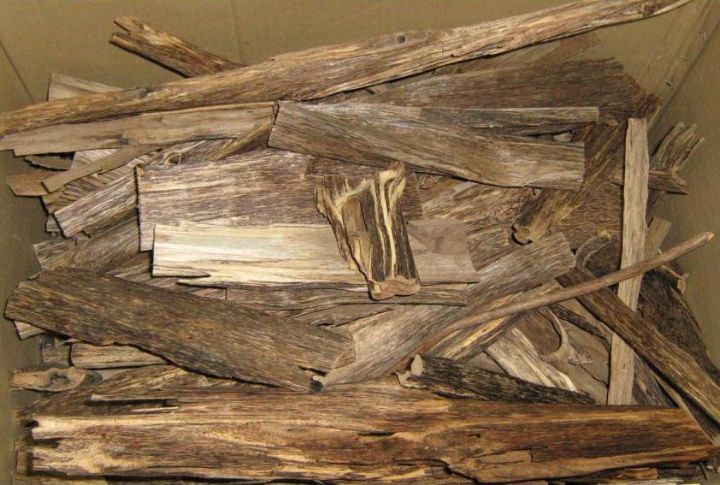
Agarwood’s labor-intensive extraction and cultivation, often through artificial inoculation, contribute to its exorbitant price of $500-$100,000 per kg, making it one of the most expensive woods globally. Agarwood is formed when Aquilaria trees are infected with mold, and this fragrant resin is highly prized for luxury perfumes.
Cocobolo

With vibrant colors and distinctive grain patterns, Cocobolo is popular for ornamental carvings and luxury furniture. Native to Central America, this dense hardwood is prized at $30 for a unit of lumber because of its durability and natural oil content. It has limited growing regions and is highly in demand among artisans.
Lignum Vitae

Notable for its hardness and natural oils, Lignum Vitae is used in specialty applications like ship bearings and tool handles due to its self-lubricating properties. This wood is estimated at $50 for a board foot, and its extreme density makes it one of the hardest woods globally.
Bubinga

Bubinga’s attractive appearance and workability make it a favorite for high-end furniture and musical instruments. This African hardwood is highly durable because of its eye-catching grain patterns. Its slow growth further limits supply, driving its high market value of $20 for a unit of lumber.
Brazilian Rosewood
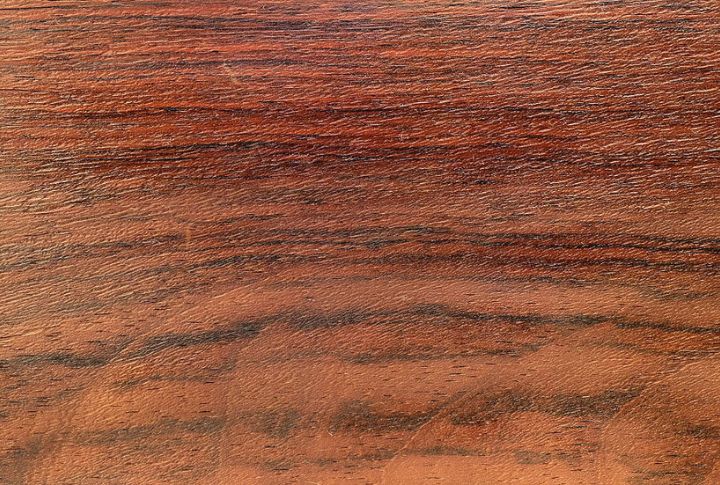
Trade restrictions due to overharvesting have made Brazilian Rosewood’s value $200 for a unit of lumber. This wood is favored for guitars and fine furniture because its strength and natural oils resist decay. With CITES regulations protecting this endangered species, its scarcity drives its premium price.
